Syzygy (2023)
Launch to Jupiter (with regular flybys of the moon Europa): October 14, 2024
Arrival date: 2030
Mission duration: 3.5 years

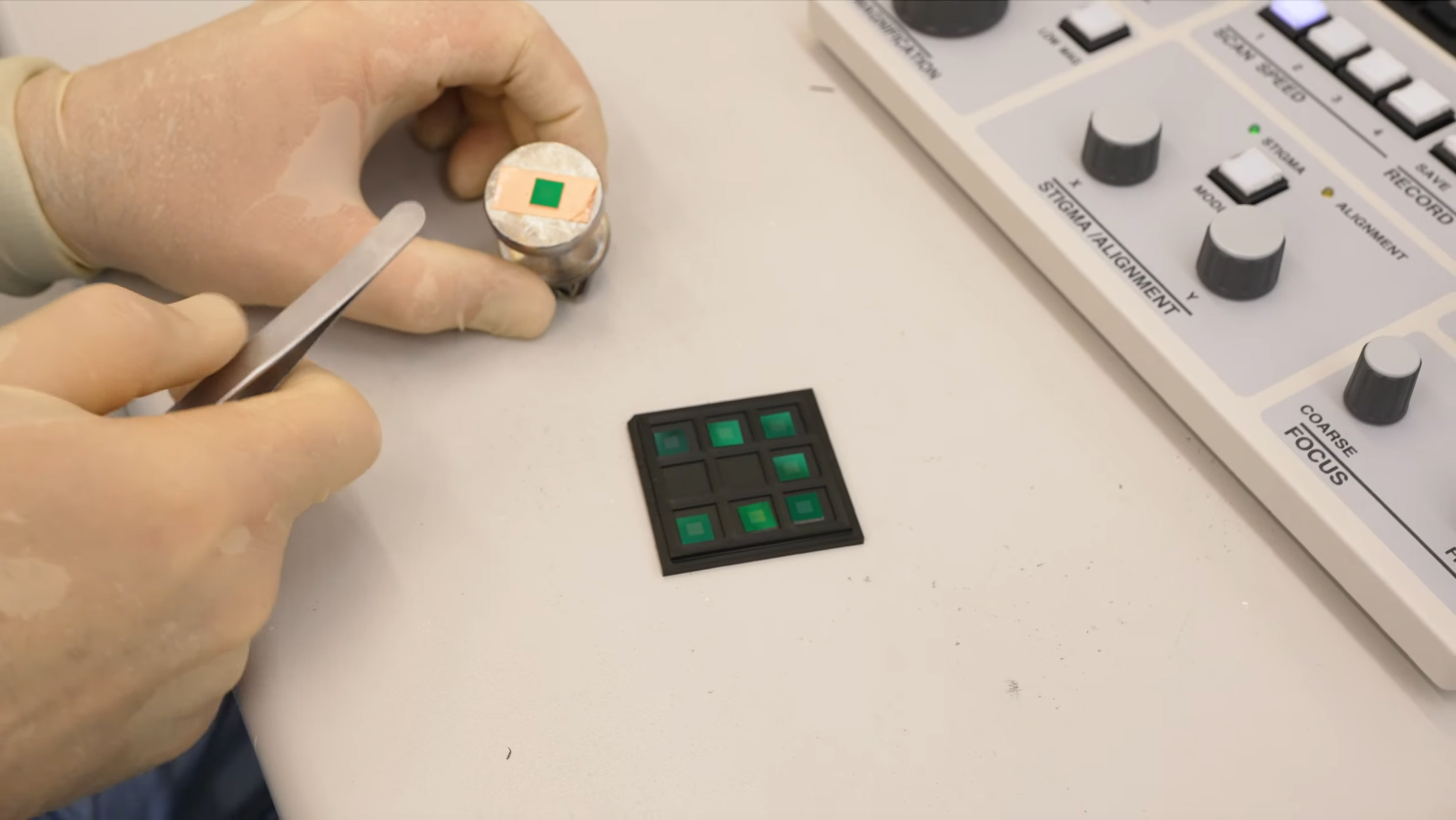
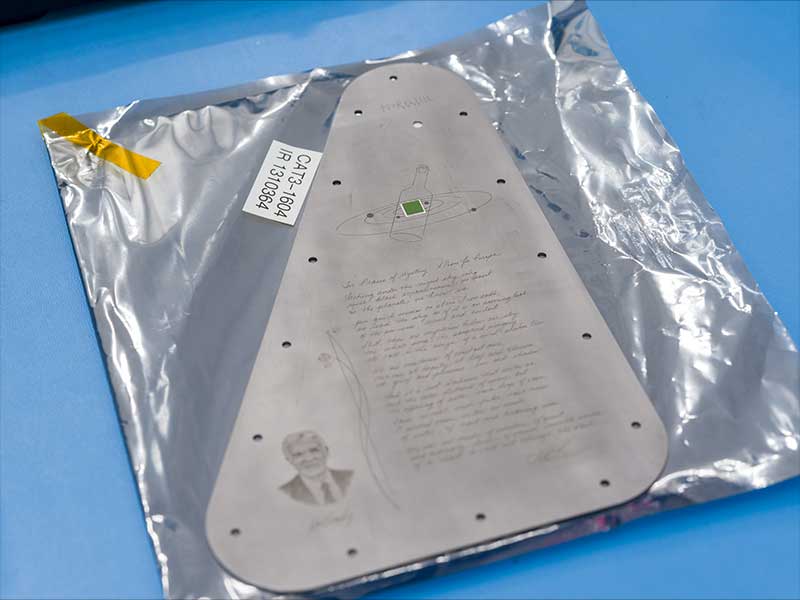
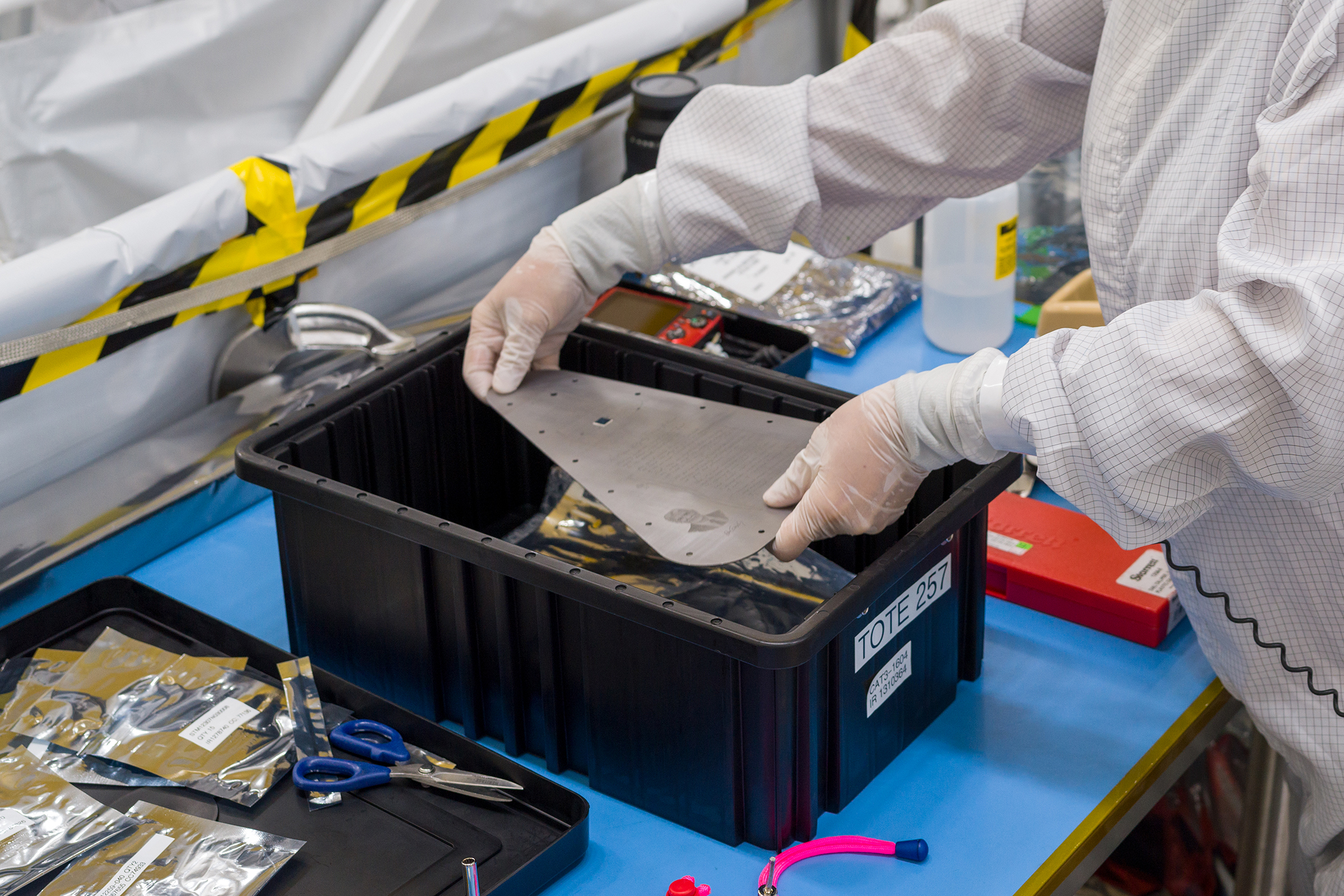
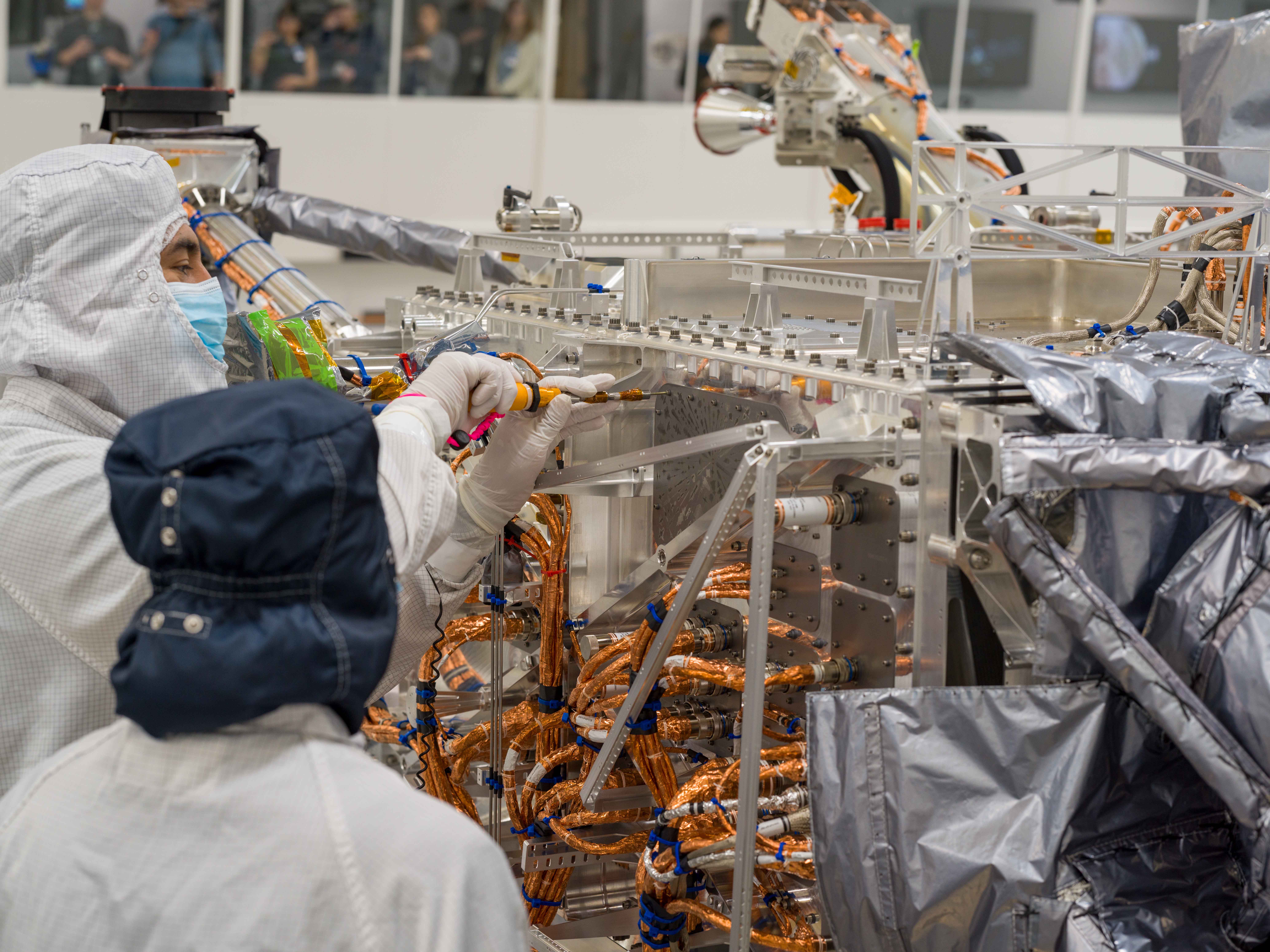

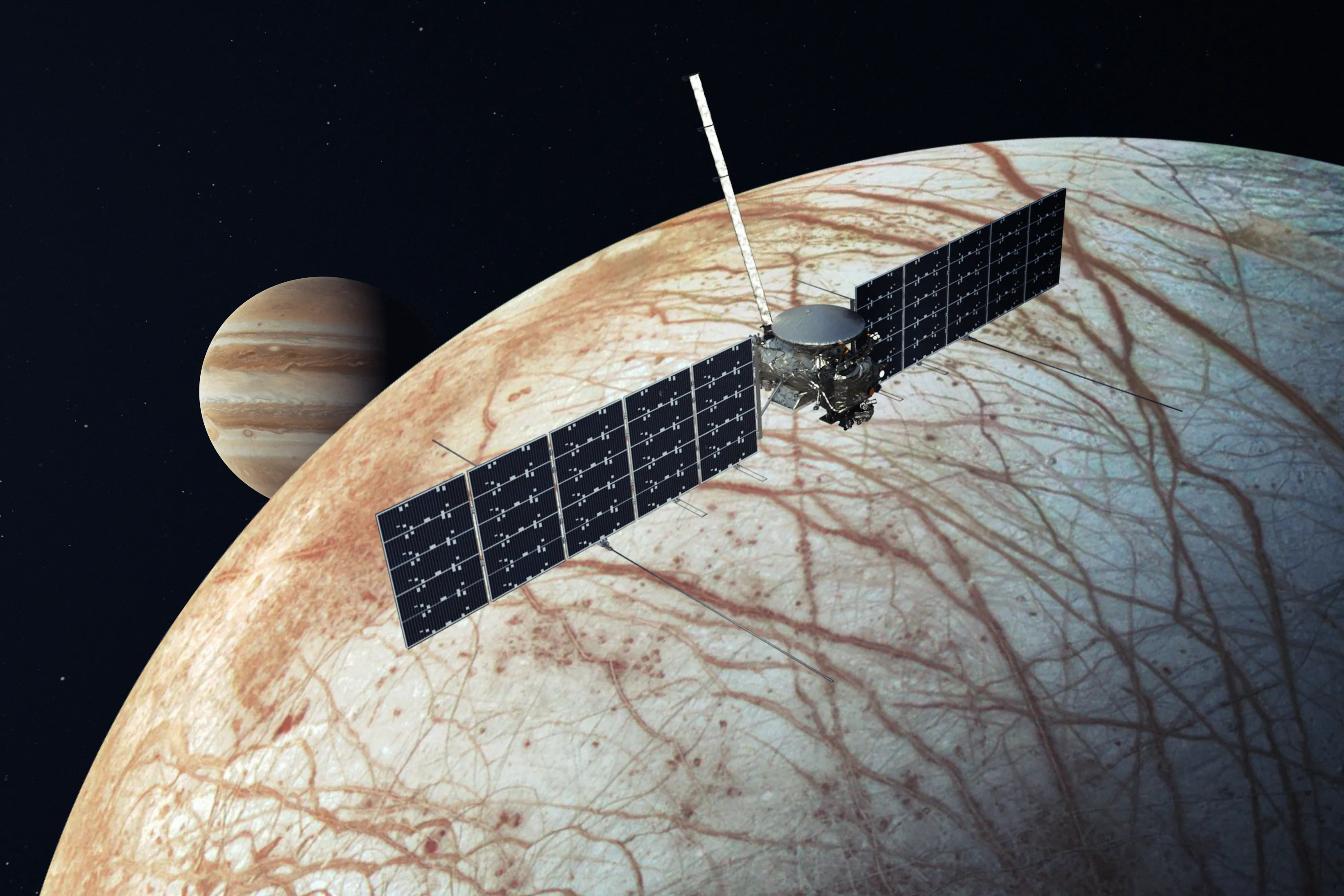
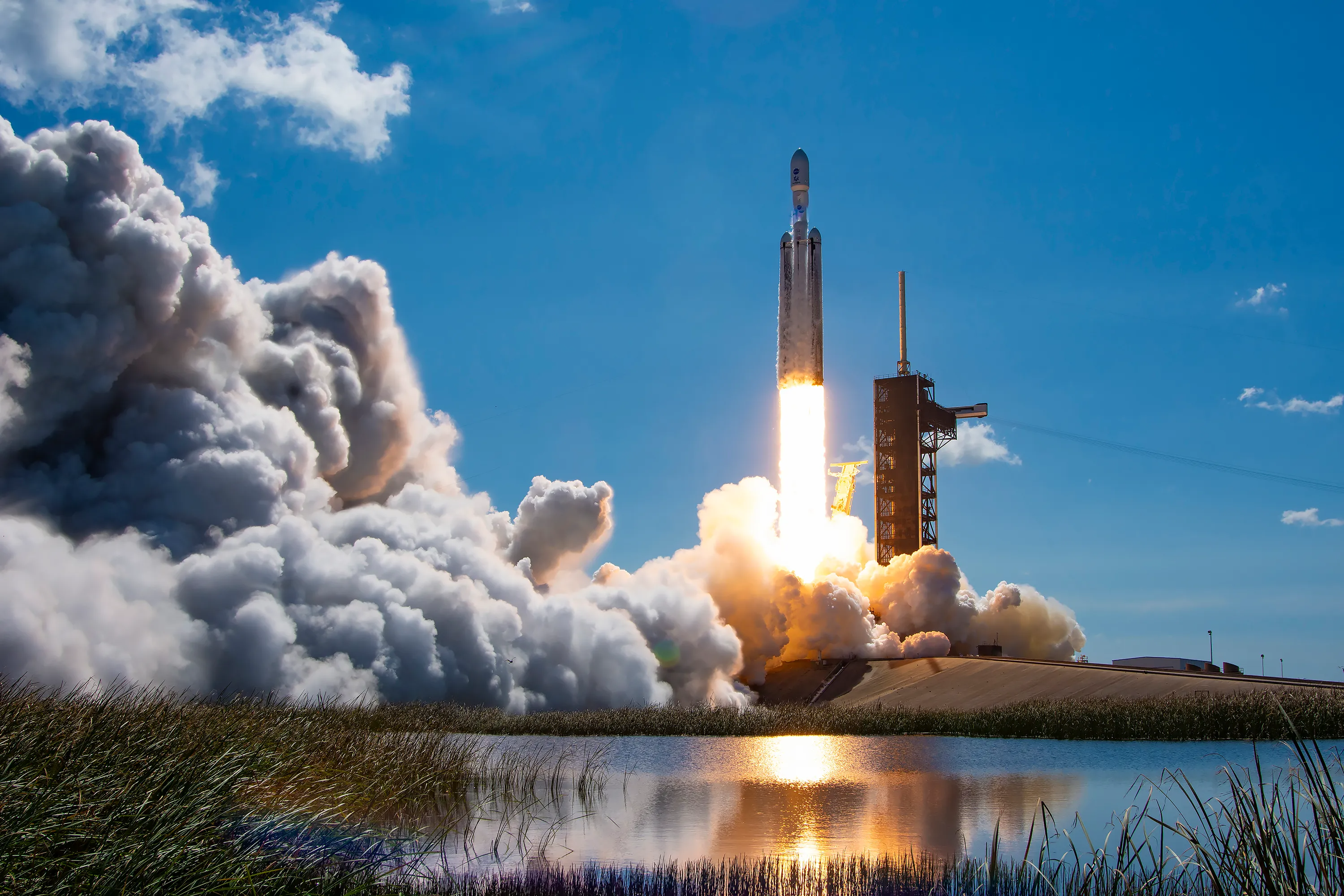
Syzygy (2023)
Eduardo Kac
Syzygy is a space poem conceived as a message encoded through the International Radiotelephony Spelling Alphabet (IRSA). Adopted since 1956 to facilitate remote communication via telephone and radio, this alphabet is meant to avoid confusion and ensure that spelled letters are clearly understood at the receiving end. As such, IRSA itself was not created as a code. However, I used it deliberately as a code in this poem.
With the pre-established setting of only two lines of input made possible through NASA’s “Message in a Bottle” project, I used IRSA to compose the following:

The poetic voice is that of a persona that employs a telecommunications medium to reach a faraway addressee. To be more precise, the poem imagines interlocutors at a distance of about 444 million miles (714 million kilometers), and uses IRSA to say to an imagined listener, in just two words, what the speaker could not convey discursively. The entire verbal material is the content of the imagined message itself. The “I” of the poem is absent; all we have is what he transmitted.
Having slipped the surly bonds of Earth, crossed the asteroid belt, and contemplated the storm-eyed giant, the lyrical persona held his microphone and radioed Mission Control to convey what he saw, as fast as possible, as succinctly as possible. Jupiter is far from being a locus amoenus but the lyrical persona of the poem is not there to report: he is there to express the feeling of witnessing what no humans have ever seen with their own eyes.
Syzygy was integrated into NASA's Europa Clipper probe, to be launched on October 14, 2024, to investigate the habitability of Jupiter’s moon Europa. As such, Syzygy was etched with an electron beam on a dime-size silicon chip that was bonded to the spacecraft's vault plate. This plate seals an opening in the spacecraft's metal vault holding the electronics for its science instruments, protecting them from Jupiter's dangerous radiation. The microchip is attached to the inward-facing side of Europa Clipper’s vault plate. Each line of Syzygy was etched at a scale smaller than 1/1000th the width of a human hair, which is approximately 75 nanometers.
As it orbits Jupiter and carries out flybys of Jupiter's moon, at closest-approach altitudes of only 16 miles (25 kilometers) above the surface, Europa Clipper will help in understanding the moon’s ice shell and potential ocean underneath. I created Syzygy specifically for NASA’s “Message in a Bottle” project, and in so doing sought to condense our sense of awe before this Jovian world of gas and grandeur swirling in a perpetual maelstrom.